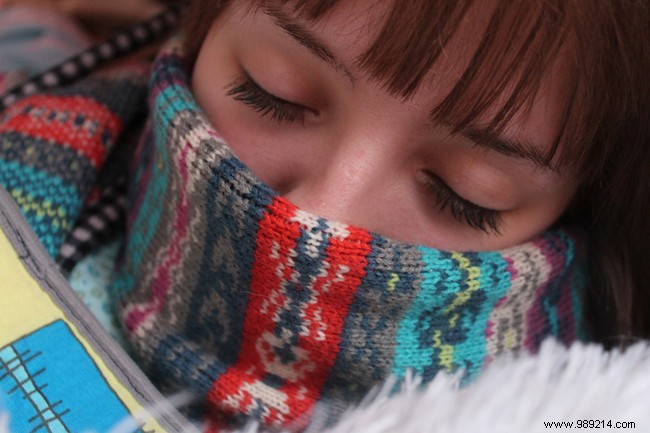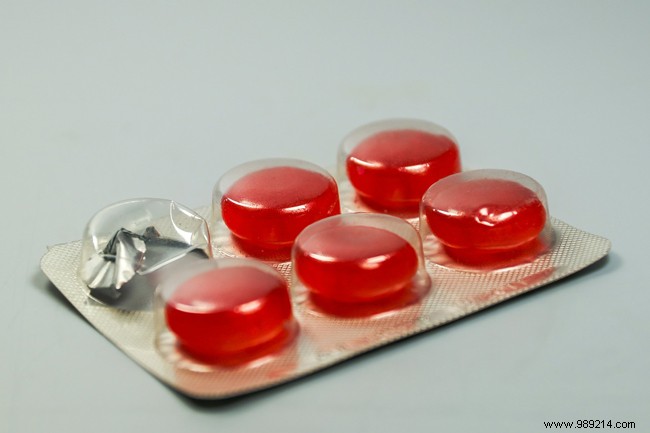
At the back of your throat, two masses of tissue called tonsils act as filters, trapping germs that might enter your airways and cause infection. They also produce antibodies against infection.
But sometimes the tonsils themselves become infected. Invaded by bacteria or viruses, they swell and become inflamed:a disease called angina blanche. Angina blanche is common, especially in children.
Angina blanche is an infection of the tonsils, the two tissue pads at the back of the throat. Angina blanche can occur at any age but is a common infection in children. The infection is typically viral, but can sometimes be bacterial. The most common bacterium causing sore throat is Streptococcus pyogenes (group A strep), the bacteria that causes strep throat. Other strains of streptococci and other bacteria can also cause sore throat.
As the tonsils are the immune system's first line of defense against bacteria and viruses that enter your mouth, this function can make the tonsils particularly vulnerable to infection and inflammation. Tonsil immune function declines after puberty, a factor that may explain the rare cases of angina blanche in adults.
Angina blanche most commonly affects children between preschool age through mid-teens. Common signs and symptoms of angina blanca include swollen tonsils that turn red, a white coating or patches on the tonsils, scratchy throat, difficult or painful swallowing, fever, bad breath, headache stomach, especially in younger children, a headache. In young children who cannot describe what they feel, signs of angina blanche may include drooling due to difficult or painful swallowing and refusal to eat.
Angina blanche is easily diagnosed. The vast majority of sufferers, whether they receive medication or not, will fully recover from the infection within a few days. Most symptoms will disappear within 7-10 days.
Angina blanche is very contagious. To reduce the risk, avoid associating with people who have active infections. Wash your hands often, especially after being in contact with someone who has a sore throat, or who is coughing or sneezing. If you have angina blanche, try to stay away from others until you are no longer contagious.
In rare cases, angina white can cause the throat to swell up to cause trouble breathing. If this happens, see a doctor immediately. It is also necessary to consult a doctor when you have symptoms such as fever above 39°C, muscle weakness, stiff neck and sore throat that does not go away after two days. While some episodes of angina vera clear up on their own, some may require other treatments.
Diagnosis of angina blanche will begin with a general inspection of the throat. The doctor then looks for a swollen tonsil area, often with white patches. He will also inspect the outside of the throat for signs of enlarged lymph nodes and a rash that sometimes occurs. A sample from the infected area will be taken for further inspection to determine if the causative agent is viral or bacterial.
People who suffer from chronic angina blanche may begin to suffer from obstructive sleep apnea. It happens when the airways swell and prevent the person from sleeping well. It is also possible for the infection to get worse and spread to other areas of the body. This is called cellulitis or peritonsillar phlegmon. The infection can also cause a buildup of pus behind the tonsils, which may require drainage and surgery.
If a person does not take a full course of antibiotics or if the antibiotics in question do not kill the bacteria, it is possible for complications to develop. These include rheumatic fever and post-streptococcal glomerulonephritis.
The first line of angina white care can be done at home. And if the infection is viral rather than bacterial, antibiotics will not be prescribed.

The basic treatments consist mainly of reducing sore throats. Rest is then necessary since it allows your body to focus its energy on fighting the infection rather than spending it on daily activities. It is also essential to drink plenty of water, as water prevents the throat from drying out and becoming even more uncomfortable:preferably hot drinks without caffeine.
When the body is fighting an infection, it needs more hydration than normal. Gargling with salt water might help if you feel any discomfort. Humidify the air regularly with humidifiers to remove the irritation of dry air. Also avoid anything that could irritate your throat. Therefore, avoid smoking and stay away from smoking places.
If a bacterial infection is the cause of angina blanche, antibiotics are often prescribed. Penicillin is the most commonly used. Full course of antibiotics should be adhered to whether symptoms are relieved or not. Failure to do so could allow the infection to spread and lead to complications.
Surgery to remove the tonsils was a relatively common approach to treating angina blanche a few years ago. Nowadays, tonsillectomies are only used if the angina is chronic and recurrent. Although the tonsils are less and less active after puberty, they are still an active organ and are therefore only rarely removed. However, a tonsillectomy might be requested if the tonsils are causing secondary problems such as sleep apnea, difficulty breathing or swallowing, or a hard-to-treat abscess.
If a tonsillectomy is deemed necessary, there are a variety of methods that can be used. Laser, radio waves, ultrasound energy, coblation (cold temperatures) or electrocautery (needle heated by electricity) have been used successfully to remove tonsils.